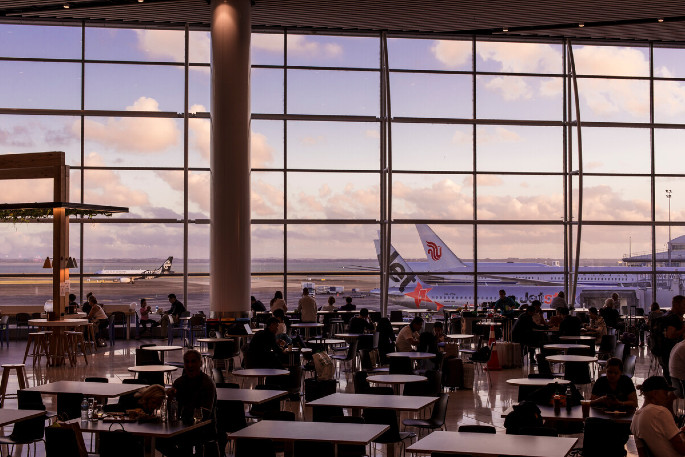This Content Is Only For Subscribers
In a presentation to Auckland Council’s Transport and Infrastructure Committee last week, Doppelmayr New Zealand announced it has narrowed its focus to a key arterial cable car route from Auckland Airport to Botany, one of 20 shortlisted sites revealed by the company in its Urban Transport Solutions Report released in late 2023.
Doppelmayr’s proposed Auckland Airport to Botany route will include eight stations, including connecting with Puhinui Station, and integrating with Auckland Airport’s transport infrastructure and with Botany Town Centre to provide passengers with a frictionless transport experience.
Doppelmayr New Zealand CEO Garreth Hayman says the ropeway manufacturer conducted further research this year, in collaboration with transport planning and engineering specialists Abley, which led to the route’s prioritisation.
“Our research highlighted a sizeable opportunity for aerial cable cars to address key transport challenges and provide urban development opportunities along the Auckland Airport to Botany route, reducing congestion and pressure on the existing transport network,” says Garreth.
“This route is a key opportunity to address transport challenges in Tāmaki Makaurau through worldclass infrastructure and innovative, effective transport solutions.”
The research shows an aerial cable car solution could outperform the proposed Busway for the Auckland Airport to Botany route on punctuality, frequency, and reliability. Through its analysis, Abley found an aerial cable car would have a significantly lower capital cost, a much lower operating cost, and a Benefit Cost Ratio double that of Busway. Key findings include:
An aerial cable car solution is better for passengers: on punctuality, frequency, reliability and accessibility the cable car does much better than the proposed busway scheme.
A new level of public transport experience: with a cable car arriving every 10-15 seconds there is virtually no waiting, and with constant cableway speeds, travel times are dependable, compared to the much longer wait times and travel time variability of a bus solution
The cable car design with its seamless platform level access provides an accessible, safe solution for people with mobility needs, such as people in wheelchairs, with buggies or luggage, or those wishing to also use scooters and bikes as part of their journey
Significantly lower capital cost: the indicative cost for the cable car route is $804m, including integration with the airport’s transport infrastructure, compared to $2.1b for Busway (an estimate which does not include the cost of access to the airport)
Much lower operating cost: estimated cable car opex around 40 per cent of Busway opex
Benefit Cost Ratio double that of Busway: indicative cable car BCR, or return on investment, is 2.4 times the investment, compared to 1.0 for Busway
Benefits start seven years earlier: cable car could be operational by 2028 (allowing for two years planning and consenting) whereas Busway not operational until 2035.
“The benefits of urban aerial cable car have been internationally proven through Doppelmayr’s integrated solutions in Mexico City, London, Bogota, and La Paz. Our latest analysis into the Auckland Airport to Botany route highlights the size of this opportunity to support and enable integrated sustainable transport solutions for Aotearoa New Zealand,” says Garreth.
In submissions to the draft Government Policy Statement on Land Transport and Auckland Council’s Long-Term Plan, Doppelmayr New Zealand requested that the Airport to Botany route is amended to be redefined as a ‘rapid transit link’ rather than Bus Rapid Transit.
Garreth says this will allow innovative modes such as aerial cable car to be considered, rather than locking in a much more expensive and less effective busway solution.
“Previous transport planning has not included cable cars, with this mode historically being excluded in the first round of option development without proper consideration.
“We are seeking to progress conversations with central and local government and will continue to partner with the appropriate planning and transport agencies, to fully explore bringing worldclass, sustainable and integrated public transport solutions to Aotearoa.”



